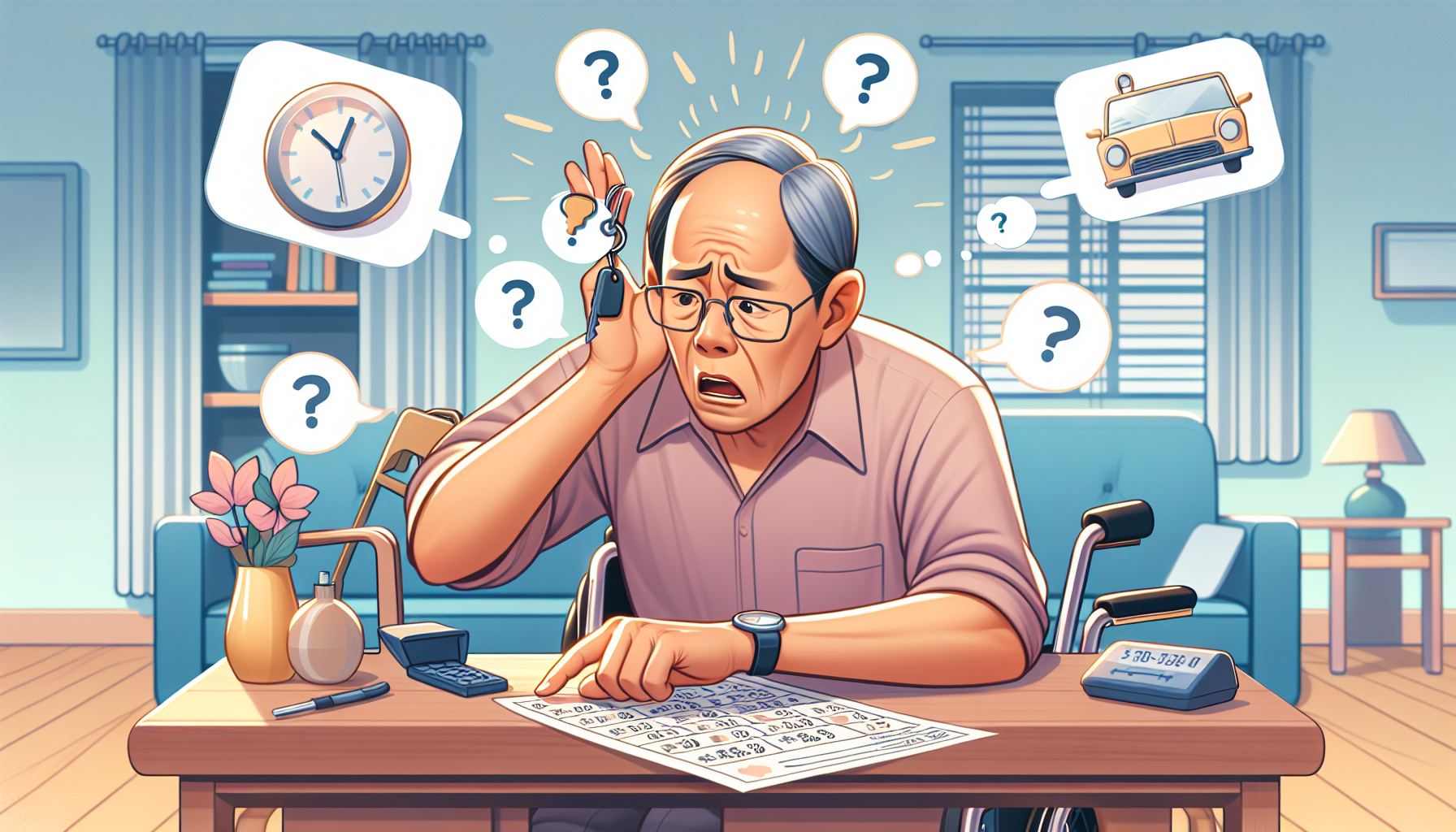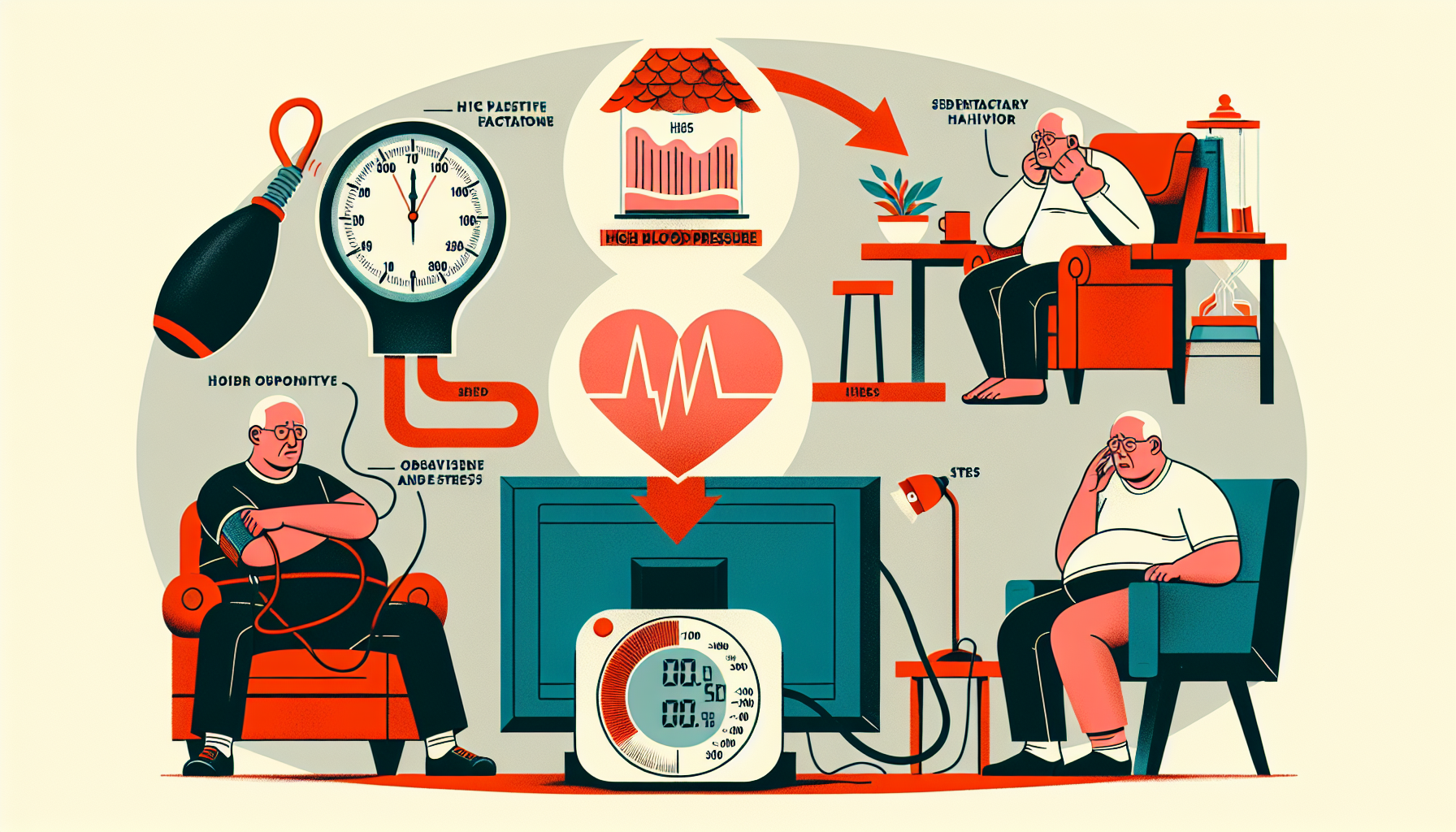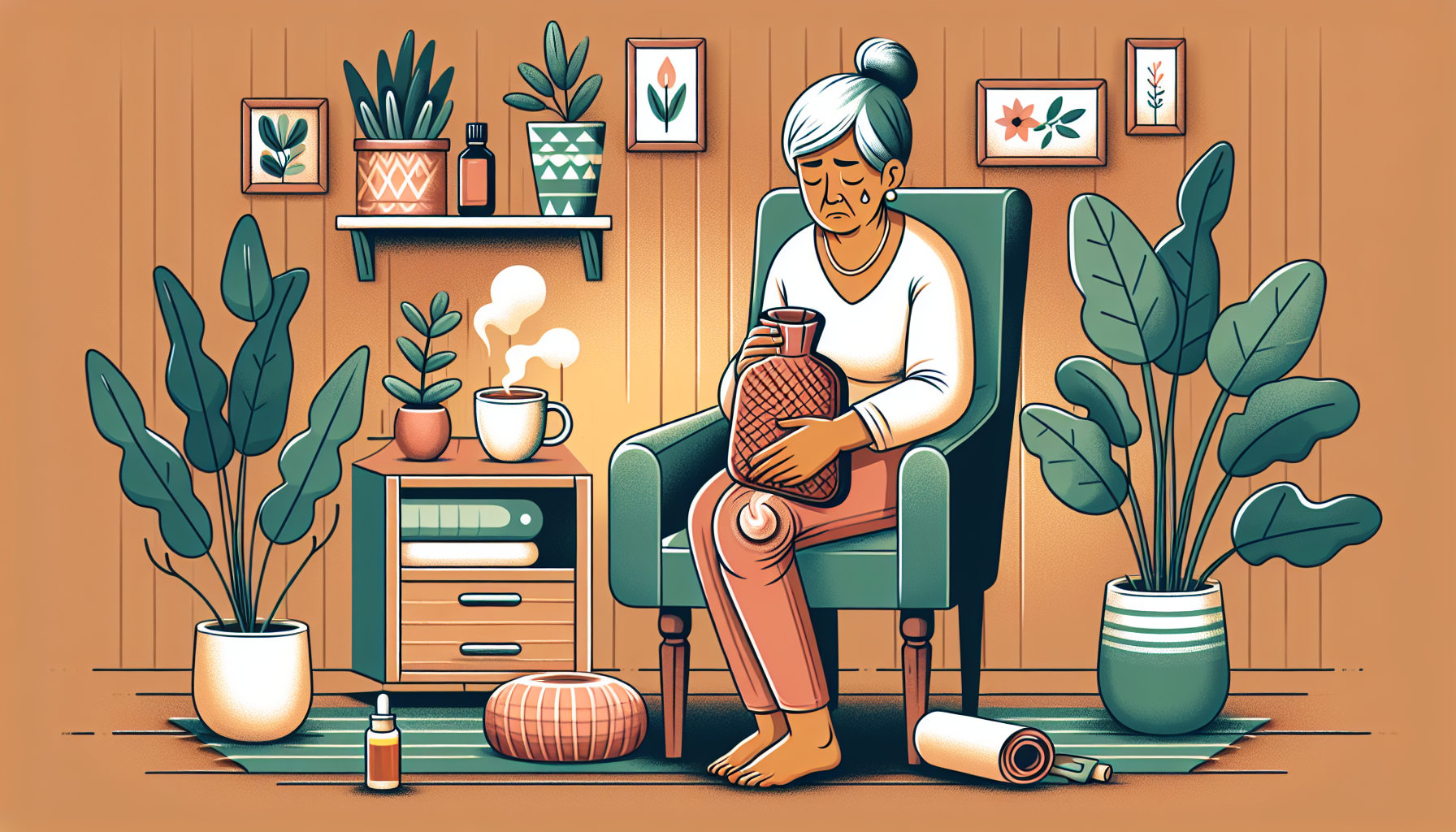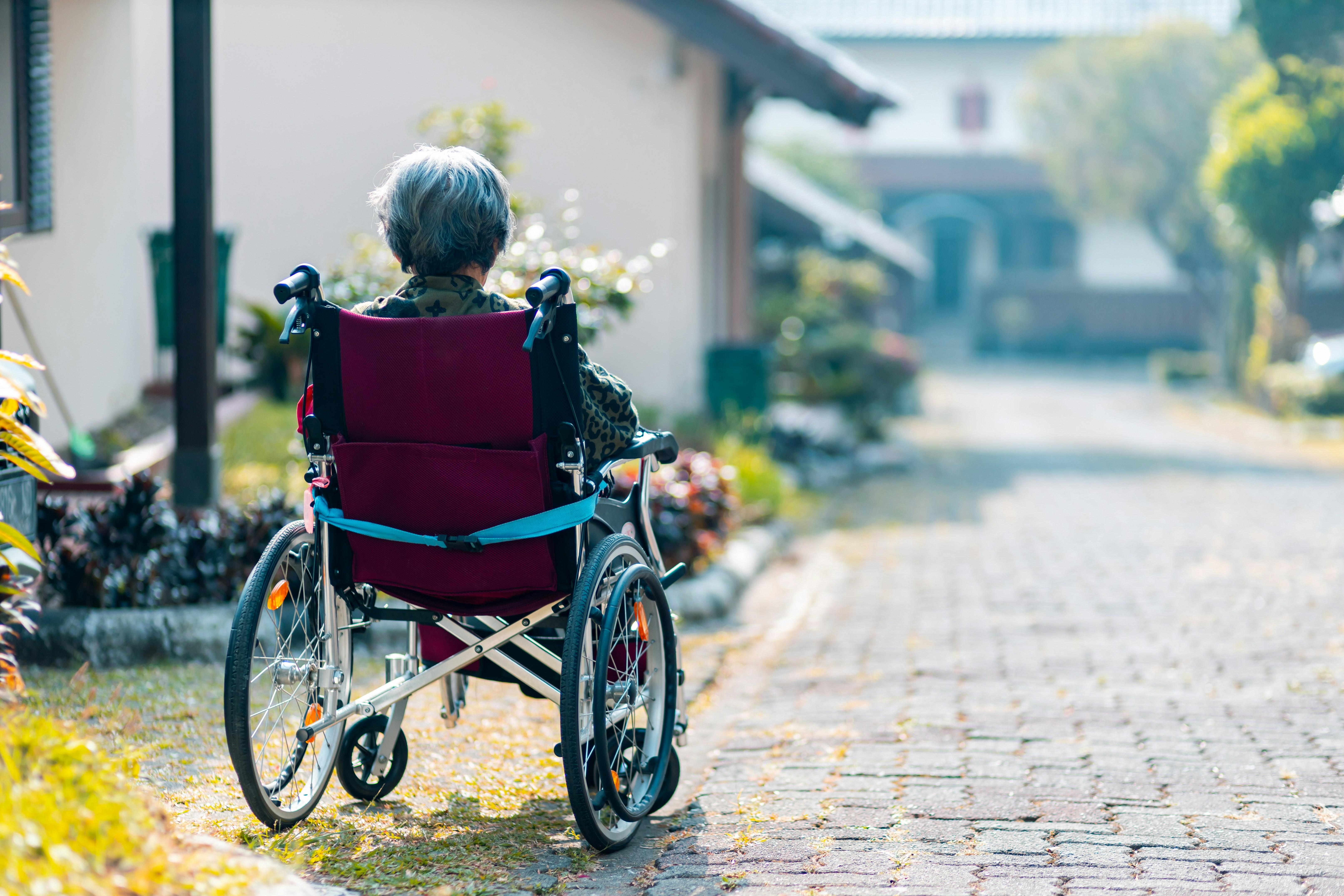Understanding AARP Cost Of In Home Care For Seniors
Discover the AARP cost of in-home care for seniors. Uncover financing options, trends, and resources for affordable care.
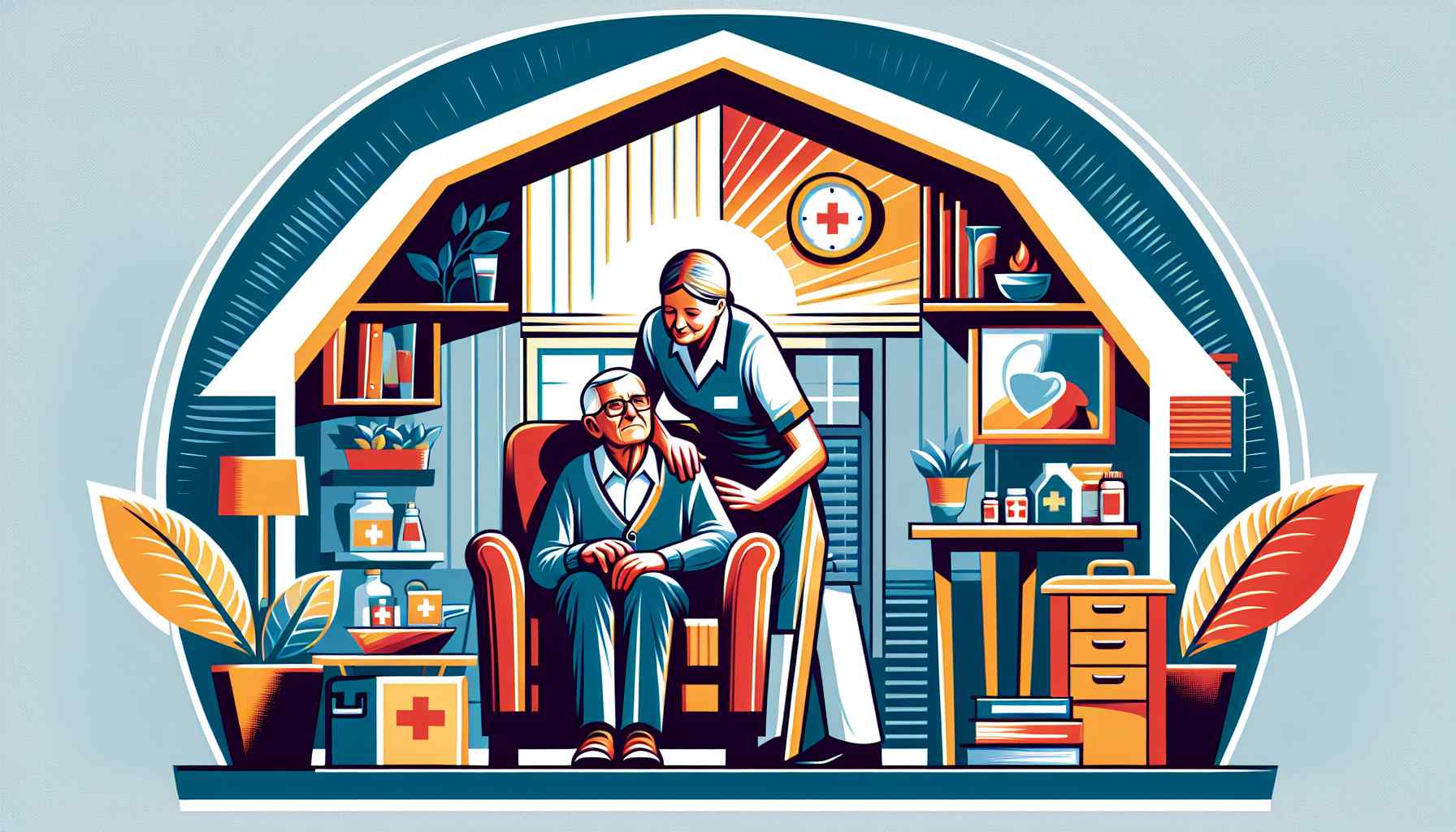
Understanding the Cost of In-Home Care for Seniors
When considering in-home care for seniors, it is important to understand the associated costs. The two key aspects to consider are the average hourly rates for in-home care and the national average annual costs.
Average Hourly Rates for In-Home Care
The cost of in-home care is often determined by the number of hours of care provided. In 2016, the average hourly rate for homemaker services was $20, while the rate for home health aide services averaged $21 per hour. These rates may vary depending on factors such as geographical location and the specific tasks performed.
National Average Annual Costs for In-Home Care
To get a better understanding of the overall costs associated with in-home care, it is important to consider the annual expenses. In 2016, the national average annual cost of homemaker services was $45,760, while the average annual cost of home health aide services was $46,332. These costs can vary based on the types of services provided and the specific region of the country.
It is worth noting that the average annual cost of in-home care for seniors was $54,912 in 2021, which was slightly higher than the cost for a room in an assisted living facility ($54,168 per year). However, it is important to keep in mind that these costs can vary depending on the state and location.
To provide a comprehensive view, the following table presents the national median annual costs for in-home care services in 2020:
| Service Type | Median Annual Cost |
|---|---|
| Homemaker Services | $53,768 |
| Home Health Aide Services | $54,912 |
| Assisted Living Facility | $51,600 |
Figures courtesy AARP
Understanding the cost of in-home care for seniors is important for caregivers and families who are planning for their loved ones' care. By considering both the average hourly rates and the national average annual costs, individuals can make informed decisions about the financial aspects of in-home care.
Financing Options for In-Home Care
When it comes to financing in-home care for seniors, there are several options available to help offset the costs. It's important to explore these options to ensure that your loved one receives the care they need without causing financial strain. Here are three common financing options to consider: coverage by Medicare and health insurance, long-term care insurance, and state programs for family caregivers.
Coverage by Medicare and Health Insurance
It's essential to understand that Medicare and most health insurance plans do not typically cover homemaker services or personal care unless they are in conjunction with skilled care needs. However, Medicaid may cover some home-health-related services, with financial qualifications generally based on low income or limited assets.
When considering Medicare or health insurance coverage, it's important to review the specific policies and determine if any home care services are included. This can help alleviate some of the financial burden associated with in-home care.
Long-Term Care Insurance
Retirees should consider long-term care insurance as a way to cover the cost of home care. While these policies can be expensive, they can also protect a significant portion of the assets retirees have worked to accumulate over a lifetime.
Long-term care insurance policies vary, so it's crucial to carefully review the terms and coverage options. Some policies may cover a portion of in-home care expenses, providing financial support to make care more affordable.
State Programs for Family Caregivers
Many states offer programs that allow family members to be paid for providing care to a loved one. However, eligibility for payment may require meeting specific criteria, including undergoing training, passing a background check, and developing a care plan.
These state programs can provide financial assistance to family caregivers who are dedicated to caring for their loved ones at home. Be sure to check with your state's Department of Aging or similar agencies to explore the available programs and determine eligibility.
By understanding and exploring these financing options, you can find ways to make in-home care more affordable for seniors. It's important to research and evaluate each option based on your loved one's specific needs and financial situation. Consulting with a financial advisor or an elder law attorney can also provide valuable guidance in navigating the complexities of financing in-home care. Remember, with the right planning and assistance, you can ensure that your loved one receives the care they need while maintaining financial stability.
Factors Influencing In-Home Care Costs
When considering the cost of in-home care for seniors, several factors come into play. Understanding these factors can help caregivers make informed decisions about the best care options for their loved ones. The key factors influencing in-home care costs include the types of services provided, regional variations in costs, and the impact of COVID-19 on in-home care costs.
Types of Services Provided
The range of services provided in in-home care can vary depending on the specific needs of the senior. Some common services include assistance with daily activities, medication management, meal preparation, transportation, and companionship. The more comprehensive the services required, the higher the cost is likely to be. It's important to assess the specific needs of the senior and determine the level of care required to estimate the associated costs accurately.
Regional Variations in Costs
The cost of in-home care can vary significantly based on the geographic location. Factors such as local wages, cost of living, and demand for caregivers can influence regional variations in costs. For example, in areas with a higher cost of living, the hourly rates for in-home care are likely to be higher compared to areas with a lower cost of living. Caregivers should research and compare costs in their specific region to get a better understanding of the expenses involved.
To provide a general idea of the costs, the national median annual cost for in-home care in 2021 was $54,912, as reported by AARP. However, it's important to note that costs can differ significantly depending on the state and location.
Impact of COVID-19 on In-Home Care Costs
The COVID-19 pandemic has had a significant impact on the in-home care sector. The reduced availability of caregivers and increased costs due to the pandemic's impact have contributed to rising costs of in-home care for seniors. According to AARP, the average cost of in-home care for seniors increased by 4.35% from 2020 to 2021, outpacing the rate of inflation in the United States. This increase in costs highlights the challenges faced by the industry during the pandemic.
Caregivers should be aware of the potential impact of COVID-19 on in-home care costs and consider this when budgeting for care services. It's essential to stay updated on any changes in costs and availability caused by the ongoing pandemic.
Understanding the factors that influence in-home care costs can help caregivers make informed decisions about the most suitable care options for their loved ones. By considering the types of services required, regional variations in costs, and the impact of COVID-19, caregivers can better plan and budget for the necessary in-home care services.
Comparing In-Home Care with Other Senior Care Options
When considering senior care options, it's important to compare the costs of different types of care to make an informed decision. In this section, we will compare the costs of in-home care with assisted living facilities, nursing homes, and adult day health care services.
Cost Comparison: In-Home Care, Assisted Living, Nursing Homes
The cost of in-home care for seniors can vary depending on factors such as location, level of care needed, and the specific services provided. According to AARP, the average annual cost of in-home care for seniors was $54,912 in 2021. This cost includes homemaker services and home health aide services.
In comparison, the cost for a room in an assisted living facility averaged $54,168 per year. Assisted living facilities provide housing, meals, personal care services, and some medical supervision. These facilities are suitable for seniors who need assistance with daily activities but do not require constant medical care.
Private nursing homes, on the other hand, tend to be more expensive. In 2021, the average annual cost for a private room in a nursing home was $105,850, and for a semi-private room, it was $93,075. Nursing homes provide 24/7 medical care, assistance with activities of daily living, and other services for seniors with more complex health needs.
It's important to note that these costs can vary significantly depending on the state and location. Before making a decision, it's crucial to research and compare the costs in your specific area.
Adult Day Health Care Services
Adult day health care services offer a cost-effective option for seniors who require supervision and assistance during the day but do not need 24/7 care. These programs provide a variety of services, including meals, social activities, medical monitoring, and assistance with daily living activities.
In 2021, the average annual cost of adult day health care services was $19,240. This option can be more affordable compared to in-home care or residential facilities, making it an attractive choice for caregivers who are seeking a lower-cost solution while ensuring the well-being and social engagement of their loved ones.
When considering adult day health care services, it's important to evaluate the specific services offered, the staff-to-participant ratio, and the activities provided. These factors can greatly impact the quality of care and overall experience for seniors attending these programs.
By comparing the costs of in-home care with other senior care options, caregivers can make an informed decision based on their loved one's needs and financial considerations. It's essential to evaluate not only the costs but also the level of care, services provided, and the preferences and requirements of the senior. Understanding the various options available can help ensure that seniors receive the appropriate care while maintaining their quality of life.
Trends in In-Home Care Costs
As the demand for in-home care for seniors continues to rise, it's important to examine the trends in the costs associated with these services. Understanding the cost trends can help caregivers plan and make informed decisions regarding the financial aspects of caring for their loved ones.
Increasing Costs of In-Home Care
Over the years, the cost of in-home care has been on the rise. In 2011, the national average hourly rate for homemaker services was $19, while home health aide services averaged $21 per hour. By 2016, these hourly rates had increased to $20 and $21 respectively.
Similarly, the national average annual cost of homemaker services was $45,760 in 2016, while home health aide services averaged $46,332 per year. These costs can vary based on the specific tasks performed and the regions of the country.
In 2021, the average annual cost of in-home care for seniors was $54,912, showing a continued increase in the cost of these services. It's important to note that these costs can vary depending on the state and location [2].
Affordability Challenges for Seniors
The rising costs of in-home care pose significant challenges for seniors and their families. The average annual cost of in-home care for seniors in 2021, which was $54,912, is comparable to the cost of a room in an assisted living facility, which averaged $54,168 per year. These costs can vary based on the state and location.
When comparing in-home care costs with other senior care options, such as adult day health care services or nursing homes, it's evident that the cost of in-home care is substantial. In 2021, the annual cost of adult day health care services was $19,240, while a private room in a nursing home averaged $105,850 per year. The cost of a semi-private room was slightly lower at $93,075 per year. These figures highlight the financial implications of choosing in-home care.
The increasing costs of in-home care have outpaced the growth of the median household income. For example, from 2008 to 2018, while the national median annual household income increased by 66%, the cost of homemaker services rose by 68%, and the cost of home health aide services increased by 66%. This disparity between income growth and in-home care costs further emphasizes the affordability challenges faced by seniors and their families.
Considering the rising costs of in-home care, it is essential for caregivers and families to plan accordingly and explore various options to ensure the financial security of their loved ones. Seeking financial assistance, exploring insurance coverage, and considering long-term care planning can help alleviate some of the affordability challenges associated with in-home care for seniors.
Planning for the Cost of In-Home Care
When it comes to providing in-home care for seniors, planning for the associated costs is essential. Proper financial planning can help ensure that seniors receive the care they need while maintaining their financial security. Here, we'll explore the importance of long-term care planning and considerations for financial security.
Importance of Long-Term Care Planning
Long-term care planning is crucial for seniors and their caregivers. It involves preparing for the anticipated costs of in-home care and exploring various financing options. Long-term care insurance, in particular, can be a valuable asset in covering the cost of home care. While policies can be expensive, they can protect a significant portion of the assets seniors have accumulated over their lifetime, providing financial assistance for in-home care needs [1].
By starting the planning process early, seniors can assess their financial situation, explore insurance options, and make informed decisions about their long-term care needs. It's important to consider factors such as income, savings, and anticipated medical expenses when planning for in-home care costs. Seeking guidance from financial advisors or elder care specialists can provide valuable insights and assistance in developing a comprehensive long-term care plan.
Considerations for Financial Security
When planning for the cost of in-home care, it's crucial to consider financial security. Here are some key considerations:
Budgeting: Assessing current income, expenses, and potential sources of funding is essential. Identify available resources and allocate funds for in-home care costs accordingly.
Evaluating Financing Options: Explore various financing options, such as personal savings, retirement funds, and assistance programs. Consider the benefits of long-term care insurance and its ability to cover a significant portion of in-home care expenses.
Understanding Regional Variations: Keep in mind that the cost of in-home care can vary depending on the state and location. Research and compare the costs in your region to ensure accurate financial planning.
Considering Future Needs: Anticipate potential changes in care needs and associated costs. As care requirements evolve, adjustments to the financial plan may be necessary.
Monitoring Inflation and Market Trends: Stay informed about inflation rates and market trends in the in-home care industry. The cost of in-home care has been increasing faster than the median household income, making it crucial to stay updated to ensure financial preparedness.
By incorporating these considerations into the planning process, caregivers and seniors can develop a comprehensive financial strategy that addresses the cost of in-home care while safeguarding their financial well-being.
Planning for the cost of in-home care requires careful thought and consideration. It's important to start early, explore financing options, and make informed decisions based on individual circumstances. By doing so, caregivers and seniors can ensure that the necessary care is provided while maintaining financial security for the long term.
Resources for Affordable In-Home Care
When it comes to finding affordable in-home care for seniors, there are various resources available that can help ease the financial burden. Whether it's local assistance programs or nonprofit organizations, these resources can provide support and guidance to caregivers and seniors in need.
Local and National Assistance Programs
Many local and national assistance programs offer financial aid and support for in-home care. These programs aim to help seniors and their caregivers navigate the costs associated with home care services. Here are some examples of assistance programs to explore:
Medicaid: Medicaid may cover certain home health-related services, but eligibility is generally based on low income or limited assets. It's important to check the specific requirements in your state to see if you qualify for Medicaid coverage for in-home care services. Visit the Medicaid website for more information.
Aging and Disability Resource Centers (ADRCs): ADRCs provide information and assistance on a range of services available to seniors and individuals with disabilities. These centers can help connect caregivers and seniors with local resources, including financial assistance programs for in-home care. Visit the Eldercare Locator website to find an ADRC near you.
Area Agencies on Aging (AAA): AAAs offer a variety of programs and services to support seniors and their caregivers. They can provide information on local resources, including financial assistance options for in-home care. To find your local AAA, visit the National Association of Area Agencies on Aging website.
Nonprofit Organizations Offering Support
Nonprofit organizations play a crucial role in providing support and resources for seniors and caregivers. These organizations often offer assistance in the form of grants, scholarships, and financial aid programs. Here are a few examples of nonprofit organizations that can help:
Eldercare Locator: The Eldercare Locator, a public service of the U.S. Administration on Aging, connects caregivers and seniors with local resources, including nonprofit organizations that provide financial assistance for in-home care. Visit the Eldercare Locator website to access their services.
Family Caregiver Alliance (FCA): FCA offers a range of support services for family caregivers, including information on financial assistance programs. They provide resources, education, and advocacy to help caregivers navigate the challenges of providing in-home care. Visit the Family Caregiver Alliance website to learn more.
National Council on Aging (NCOA): NCOA is a nonprofit organization that aims to improve the lives of older adults and caregivers. They provide resources and programs to help seniors access affordable care, including in-home care. Visit the NCOA website to explore their resources.
It's important to research and reach out to these resources to determine eligibility and availability of financial assistance for in-home care. They can provide valuable support and guidance, helping you navigate the financial challenges of caring for a senior loved one at home.









